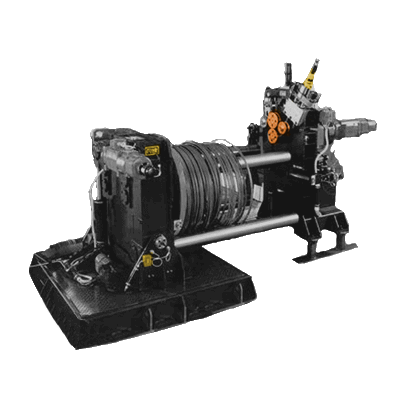Rod and Wire Mill: Difference between revisions
Jump to navigation
Jump to search
OpenIDUser70 (talk | contribs) |
(added LANG template) |
||
| (4 intermediate revisions by one other user not shown) | |||
| Line 1: | Line 1: | ||
{{OrigLang}} | |||
{{GVCS Header}} | {{GVCS Header}} | ||
| Line 45: | Line 47: | ||
=See Also= | =See Also= | ||
*[http://books.google.com/books/about/Rod_and_bar_rolling.html?id=ua_m3_sKOwYC Rod and Bar Rolling: Theory and Applications] | *[http://books.google.com/books/about/Rod_and_bar_rolling.html?id=ua_m3_sKOwYC Rod and Bar Rolling: Theory and Applications] | ||
*[http:// | *[http://farmaciasolyluz.com/blog Blog Post] | ||
{{GVCS Footer}} | {{GVCS Footer}} | ||
Latest revision as of 10:44, 9 March 2017
| Rod and Wire Mill | ||
|---|---|---|
| Home | Research & Development | Bill of Materials | Manufacturing Instructions | User's Manual | User Reviews | 
| |
Overview
A Rod and Wire Mill draws out molten metal into useful rods and wires. This is a subset of metal rolling, used to make shafts, rebar, thin rods, down to wire. Thin wire can then be produced by wire drawing through a die.
Details
Product Ecology
Made with
 Induction Furnace - Steel
Induction Furnace - Steel CNC Torch Table - Parts
CNC Torch Table - Parts
Uses
 Induction Furnace - Metal Feed
Induction Furnace - Metal Feed Power Cube - Power
Power Cube - Power
Creates
- Rod
- Bars
- Wire
See Product Ecologies for more information.
Components
- Steel
- Rollers
- Hydraulics
- Controller Box
- Feeder
- Die
- Sensor
Status
Currently in the research phases. Prototyping is expected to begin after completion of the Induction Furnace
Subject Matter Experts are encouraged to Contact Us.
See Also
